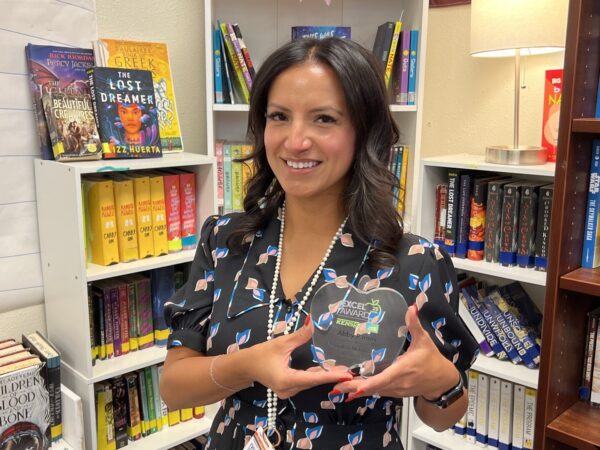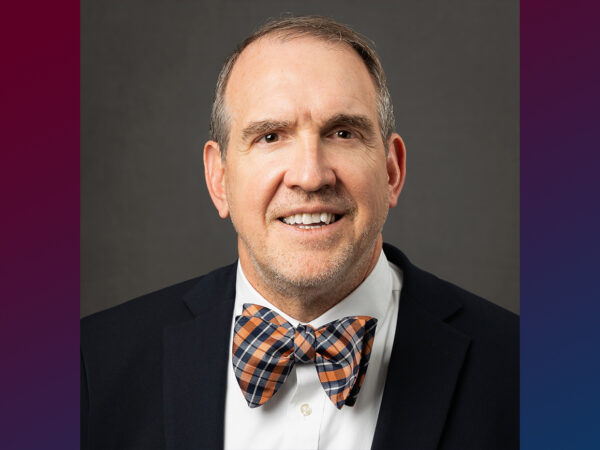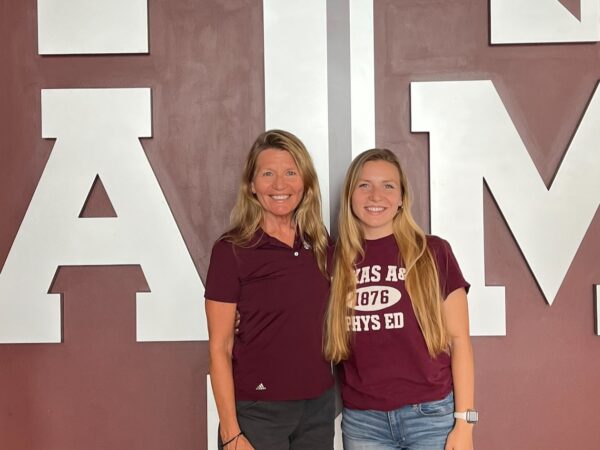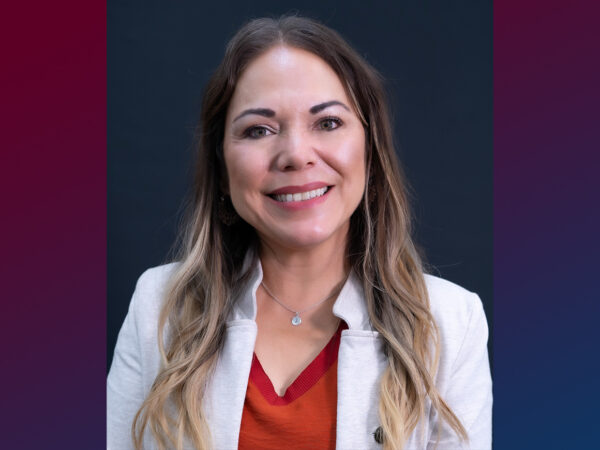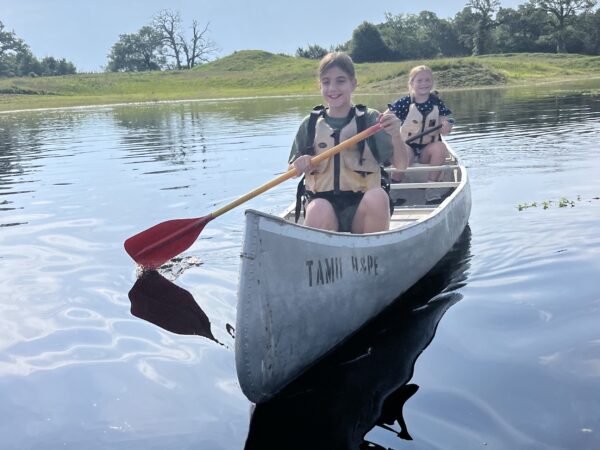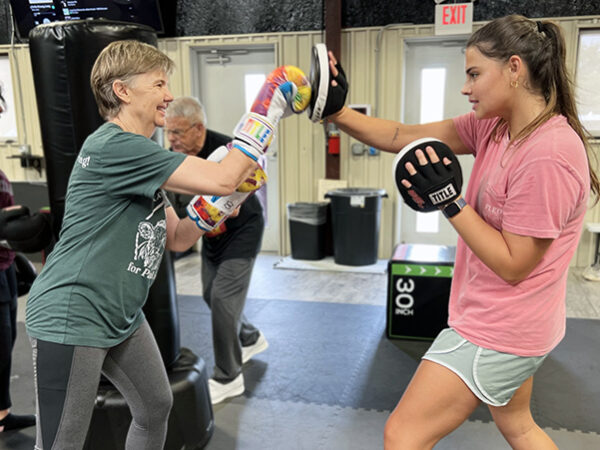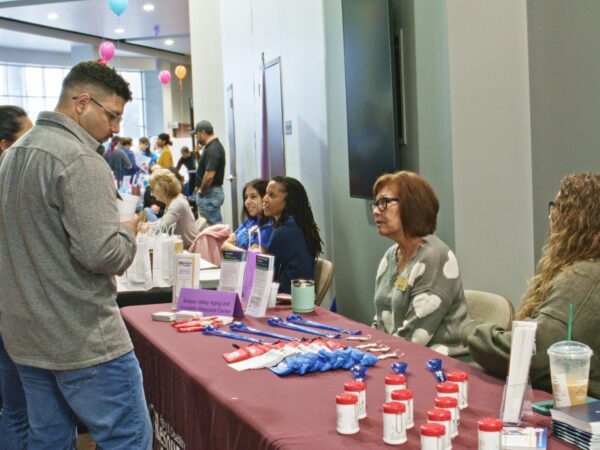Changing Schools For A Changing Nation
It’s a fact:
• 1 in 10 people from low-income families have a bachelor’s degree by age 25.
• children born into the bottom fifth of the income distribution that go on to get a college degree increase their chances of getting out of the bottom by more than 50 percent.
American Association of Community Colleges
Today’s school administrators are faced with an understandably overwhelming task: To adapt to the country’s rapidly-changing demographics. With an increase in cultural, ethnic and linguistic diversity has come a rise in absenteeism, turnover and diminished group cohesiveness in schools. Professors in the college hope to arm today’s administrators with the tools to confidently take on those challenges.
Thanks to funding from the W.K. Kellogg Foundation, which supports child development through a variety of initiatives nationwide, Drs. Jean Madsen, Mario Torres and Jessica Yue launched a research project to measure how well schools respond to changing demographics.
As a first step in that process, the researchers plan to conduct a thorough study of several Texas school districts. They will examine all the factors – e.g. organizational outcomes, leadership skills and legal application/interpretation – that affect the way parents, teachers and administrators perceive their school’s degree of inclusiveness. By the end of it all, the researchers hope to create an assessment tool that will transform school cultures for the better – all while teacher and school accountability related controversies make national headlines.
She said, “In previous work I’ve done – which had looked at organizational context and recruitment of teachers of color – over time we have seen that the leader is really pivotal. With this project, we focus on, not only the importance of accountability, but what happens within that accountability that makes an inclusive environment, which in turn makes it a place where people want to learn and work.”
The Kellogg Foundation funded the project under the condition that the researchers develop an authentic engagement model. That is, they urged Dr. Madsen and her team to develop a long-term rapport with the involved schools. Ultimately, they hope the partnership will become a great example of what schools and researchers can accomplish when they work collaboratively.
“With all of that data we’ll then come back to the district and the superintendent and say, ‘Here’s what we found,’” Dr. Madsen explained. “What can we do as a part of working within this authentic engagement model to develop pieces to put in place to work with the schools?”
She continued, “When we ask school leaders what are the issues in terms of accountability, the response is, overwhelmingly: ‘How do I address the changing demographics?’ Because this leads to instructional practices, interacting with families, developing good rapport with students and engaging them in learning.”
For schools with a large English language learner (ELL) population, researchers at the Center for Research and Development in Dual Language and Literacy Acquisition (CRDLLA) are focusing on development opportunities and research to aid teachers in these schools address the needs and challenges of their students.
Led by co-directors Rafael Lara-Alecio and Beverly J. Irby, and associate director, Fuhui Tong, the center will provide leadership to enhance the academic success of second language learners through programs that promote dual language and English language and literacy acquisition.
Lara-Alecio wants to ensure that ELLs experience the same academic achievement and success in school as their mainstream peers. “About 16 percent of children attending schools in America come from homes where English is not the primary language,” said Lara-Alecio. “The CDRLLA research will help determine the best approaches, methodologies, and techniques to better prepare teachers to educate ELLs.”
“Ongoing observation and feedback to teachers is critical to improve ELLs’ educational outcomes. Therefore, we systematically observe educational practices of teachers and the cognitive demands they present to students,” said Irby.
CRDLLA researchers can observe whether a teacher is eliciting only social or academic routines, if there are significant numbers of non-academic interruptions during class time, or whether students are able to go deep into the subject matter necessary for content area comprehension. “We also can observe the activity structures in the classroom, such as teacher lectures and demonstrations and, for example, whether the students are listening and performing as expected,” noted Irby.
Currently, the CRDLLA is working with several school districts across Texas, targeting those with large populations of Spanish speaking students, including Houston, Aldine, Spring Branch, Brownsville, Donna, Laredo and United ISDs.
For media inquiries, contact our Media Relations Coordinator, Ashley Green.
Fundraising
To learn more about how you can assist in fundraising, contact Amy Hurley, Director of Development ahurley@txamfoundation.com or 979-847-9455


